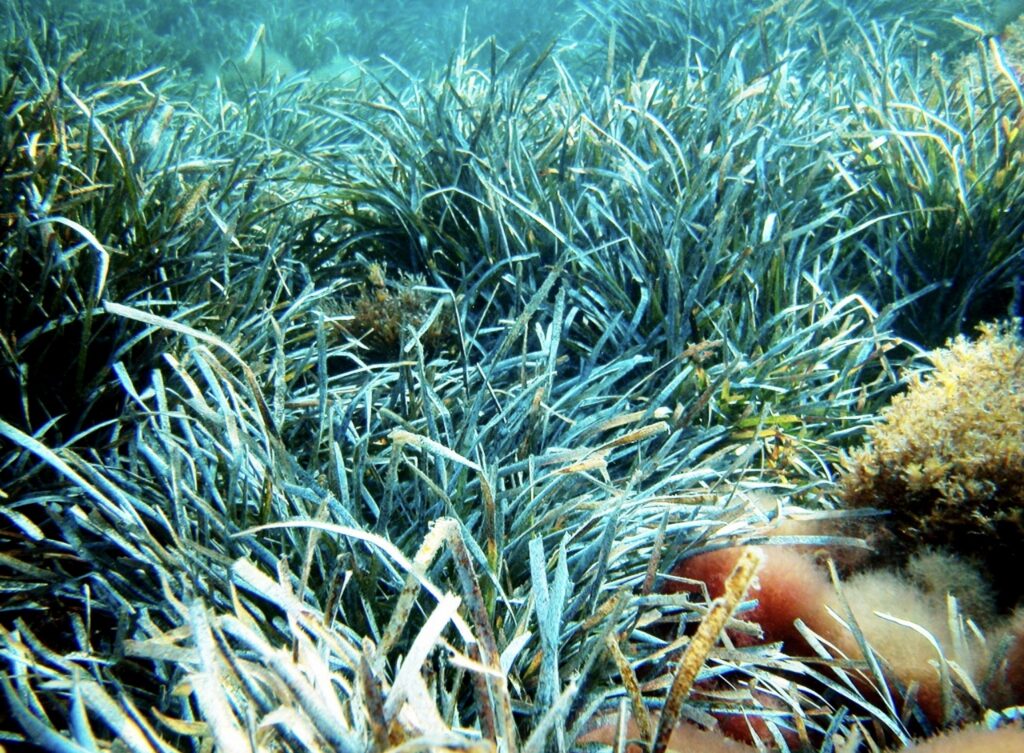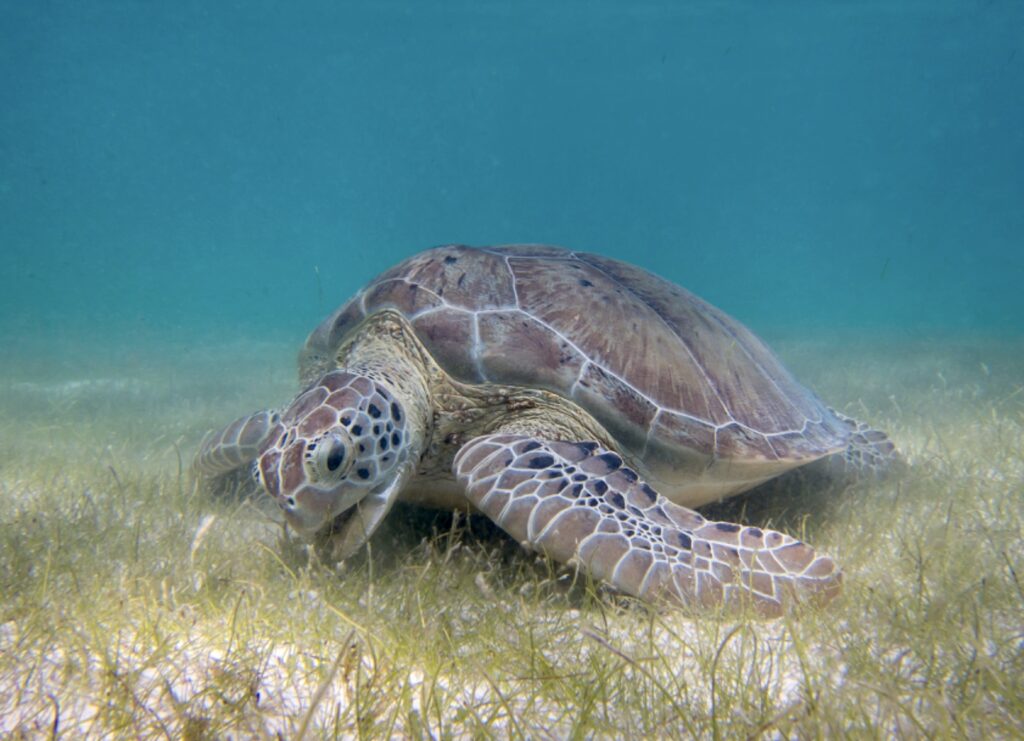Text by Henrylito D. Tacio
Photos from Wikipedia
Most Filipinos think deforestation – the clearing, destroying, or otherwise removal of trees through deliberate, natural, or accidental means – is bad because it can cause soil erosion, fewer crops, desertification, water crisis, loss of biodiversity, and increased gases in the atmosphere.
“The Philippines is paying a high price for the destruction of its forests and a number of major problems confronting the nation can be traced directly to deforestation,” observed Peter Walpole of the Institute of Environmental Science for Social Change, adding that the Philippines is “one of the most severely deforested countries in the tropics.”
When people say biodiversity, what mostly comes into their mind are those endangered species like the Philippine eagle, Philippine tarsier, tamaraw, and waling-waling. The habitats for most of these are tropical forests.
But what people don’t know is that the lowly seagrasses are also being threatened by deforestation. This is due to the siltation it brings when trees in the uplands are wantonly cut.
In fact, the environmental group Seagrass Watch considers deforestation “one of the most significant threats to seagrasses.”
“Philippine seagrass species richness and community leaf biomass decline sharply when the silt and clay content of the sediment exceeds 15 percent,” the group states on its website, seagrasswatch.org.
No one pays attention to seagrasses because most people think they are “useless.”
“Despite their high biodiversity and abundance, seagrass habitats are still poorly understood in our country,” said Dr. Miguel D. Fortes, the country’s foremost expert on seagrasses. “Hence, it appears only marginally useful when, in fact, the ecosystem plays significant economic and ecological roles.”
Dr. Fortes, retired professor of the Marine Science Institute of the University of the Philippines in Diliman, Quezon City, considered seagrasses as among the most productive of coastal ecosystems, matching coral reefs and mangroves in terms of environmental and economic importance. “As meadows, seagrasses are an important link between land and ocean and support a high primary production,” he pointed out.
Dr. Theresa Mundita S. Lim, when she was still the director of the Biodiversity Management Bureau, decried: “In spite of the ecological and economic value of seagrasses, between 30 percent to 50 percent of the seagrass beds have been lost due to industrial development, ports, and recreation in the last 50 years.”
Something must be done soon. “If seagrass beds continue to disappear, there will be serious economic and ecological consequences,” warns the regional office of the Bureau of Fisheries and Aquatic Resources (BFAR) in Davao City.
There is some confusion regarding the distribution of seagrass in the country. Some estimate only 975 square kilometers. Others, however, estimate approximately 22,000 square kilometers – based on remote sensing.

Seagrasses 
Pakiwan eating seagrasses
Actually, seagrass meadows are rated the third most valuable ecosystem globally (on a per hectare basis), only preceded by estuaries and wetlands.
“Underwater meadows of seagrass offer important protection against pollution to both humans and coral reefs,” said news dispatch released by the Agence France-Presse (AFP), based on a study published in the journal Science.
“Places with healthy seagrass – where sponges, clams, small fish and other filter feeders thrive – can reduce bacteria that is harmful to both people and marine life by up to 50 percent,” said the news dispatch.
In the Philippines, the rapid disappearance of seagrass is due to the increasing population’s multiple demands upon the country’s marine environment as a source of food, avenues of transportation, receptacles of waste, living space, and source of recreation and aesthetic pleasures.
The seagrass ecosystem is likewise adversely affected by the mining of industrial minerals, oil spills caused by accidents, operational shipping and refinery activities, dredging, and illegal associates.
Dr. Fortes believed seagrasses are fast disappearing in this part of the world for economic reasons. “Huge tracts of these productive habitats are being dredged, filled, polluted, exploited, converted to other coastal uses or simply being destroyed, all in the name of economic development,” deplored Dr. Fortes.
Seagrasses are neither algae nor seaweeds. Neither are they true grasses. They are monocotyledonous plants. Left alone and not disturbed in the quiet salty water of coastal zones, they form dense meadows resembling more familiar undulating grasslands in the uplands.
The seagrass is one of the most important components of the coastal ecosystem. It reproduces through rhizomes and seeds. It produces seeds annually, which are dispersed by tidal currents.
The Philippines has 16 species of seagrasses thriving along its coasts. This makes the country as having the second-highest species of seagrasses around the world – after Western Australia, which has more than 17 species of seagrasses. The Philippines has more seagrass species than Indonesia, Malaysia, and Brunei.
Dr. Lim said the Philippines has a total seagrass area of 27,282 square kilometers, which are widely distributed throughout the country: from Bolinao Bay (Pangasinan) in the north, Palawan and the Cebu-Bohol-Siquijor area to the center, and Zamboanga and Davao in the South.
“Seagrasses are the least studied among the habitats in our coastal zones,” Dr. Fortes lamented. “As such, we know less than we need to in order to use them in solving coastal environmental problems as well as societal problems.”
Let’s protect our seagrasses!

